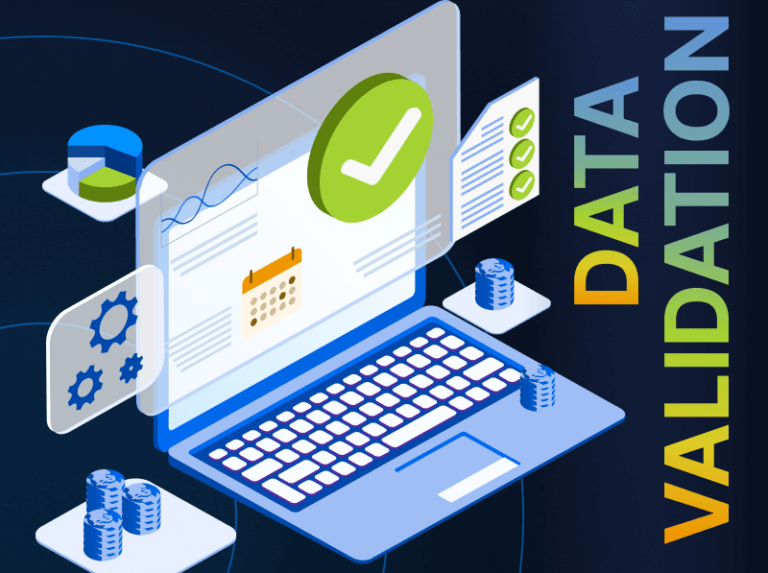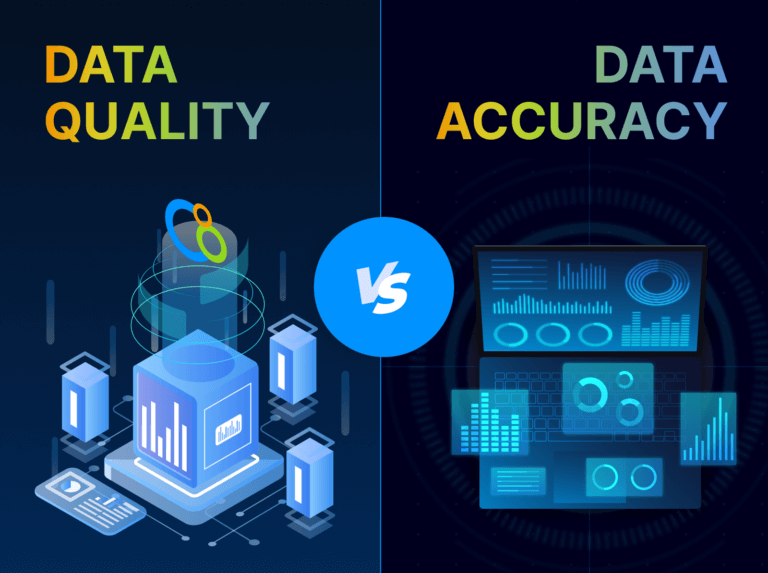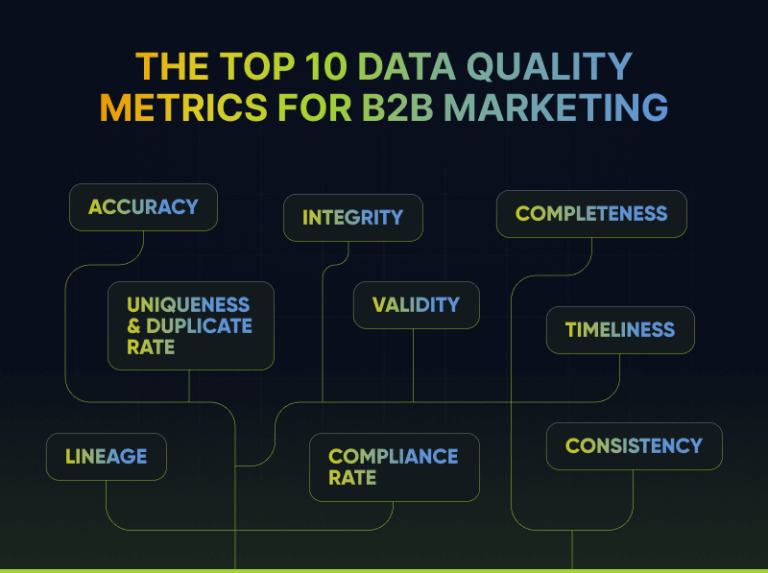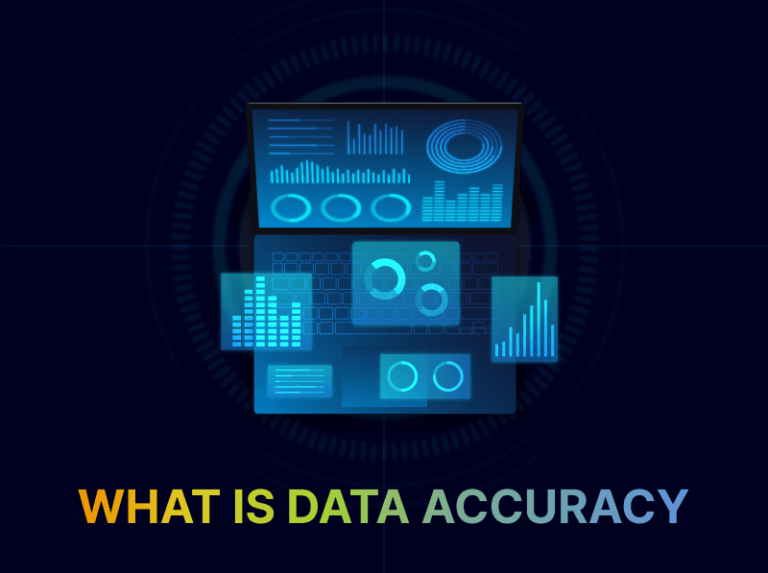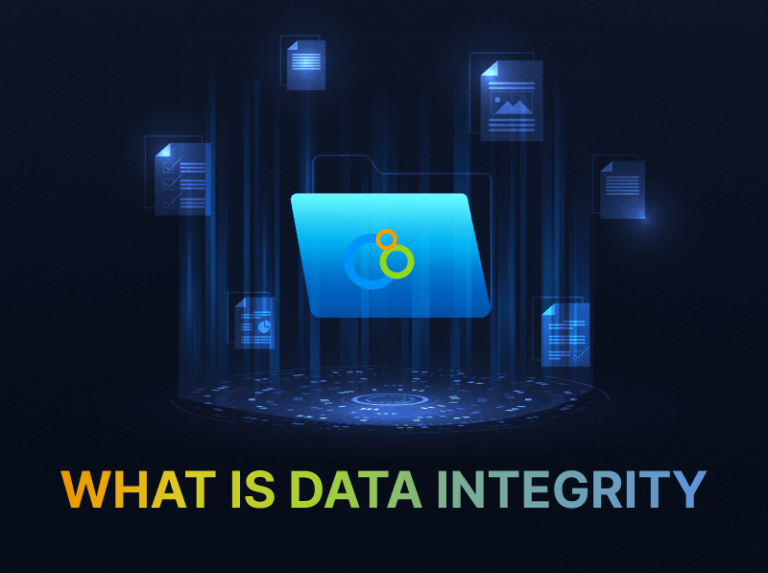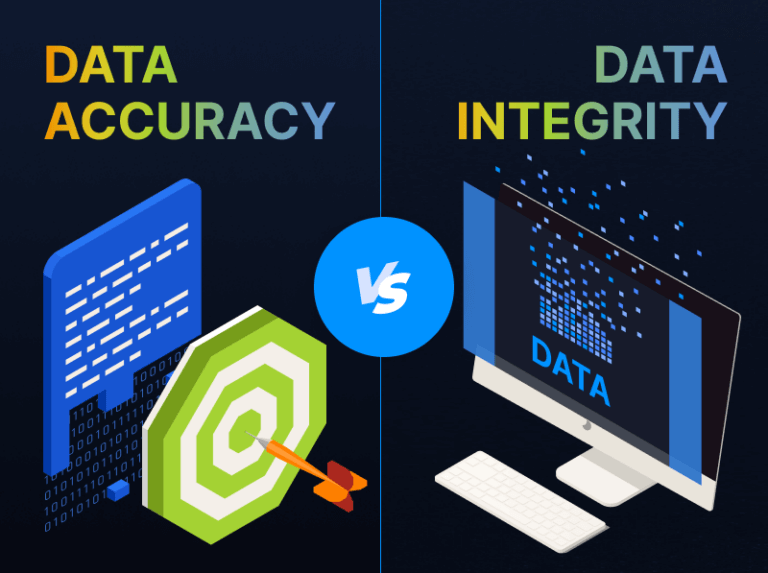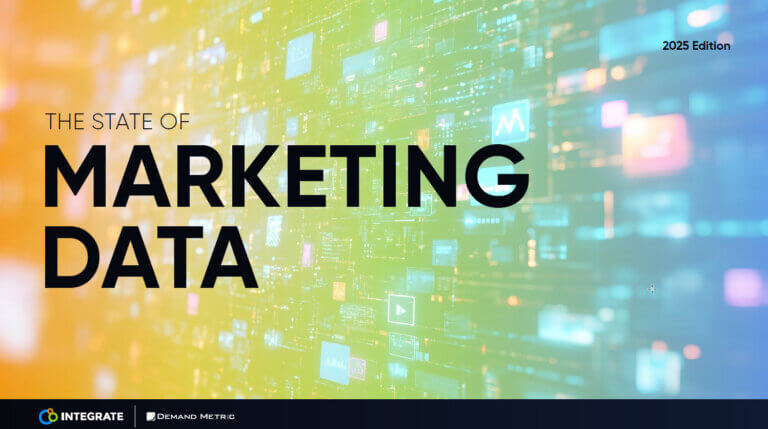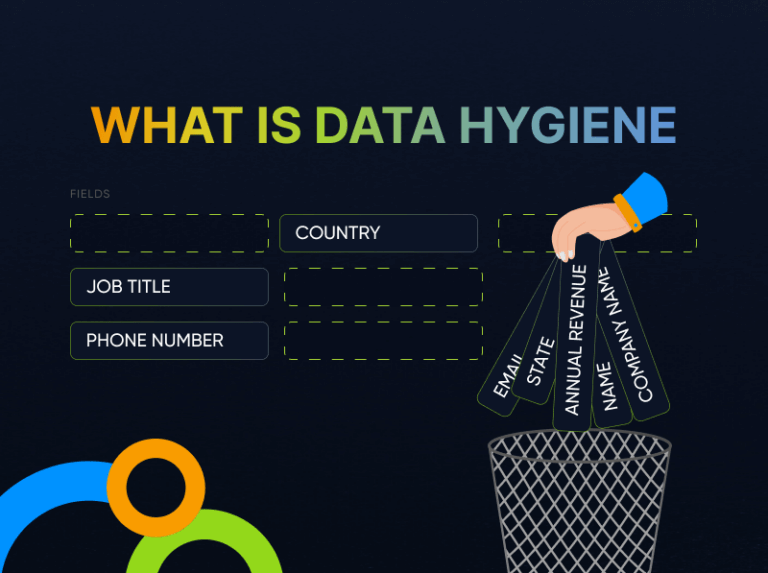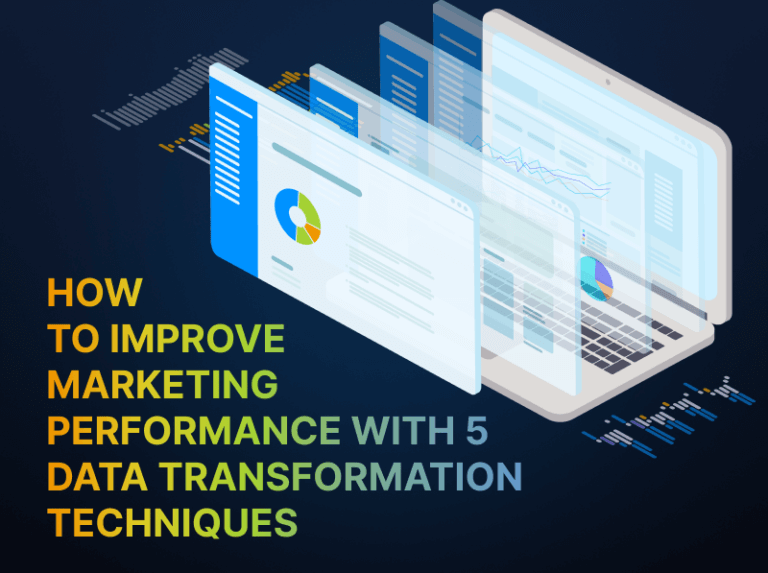Resources
INTEGRATE RESOURCES FOR SUCCESSFUL MARKETERS
Explore Integrate’s resources for expert guidance on essential B2B Marketing topics like automation, the MarTech Landscape, data governance, and lead management, all geared towards MOPs and Demand Gen Marketers. Plus, get an inside look at the Integrate platform and how we’re helping companies like yours accelerate success.


